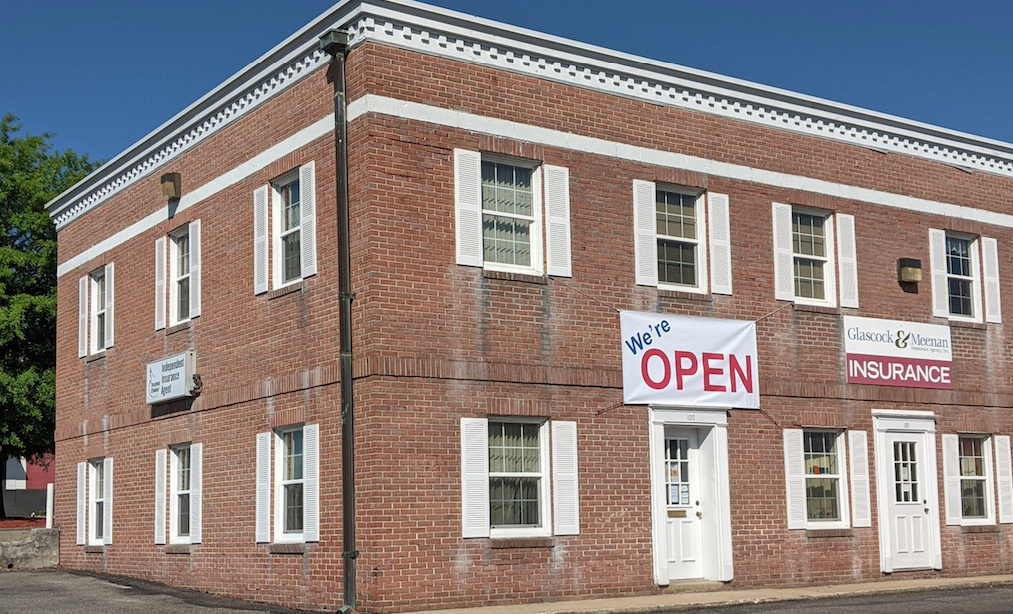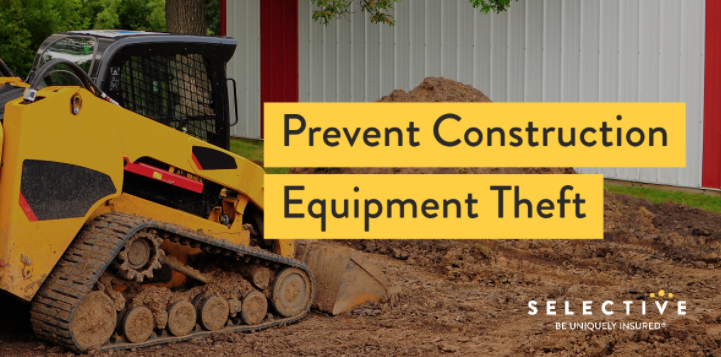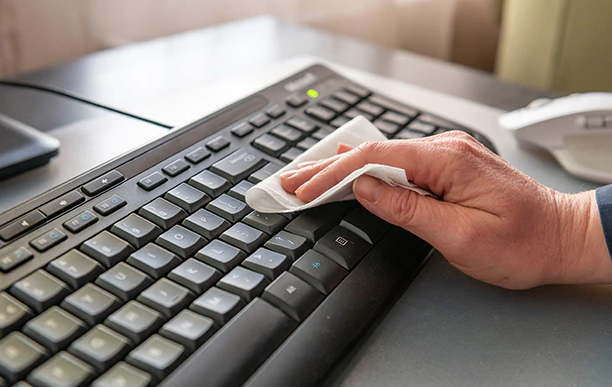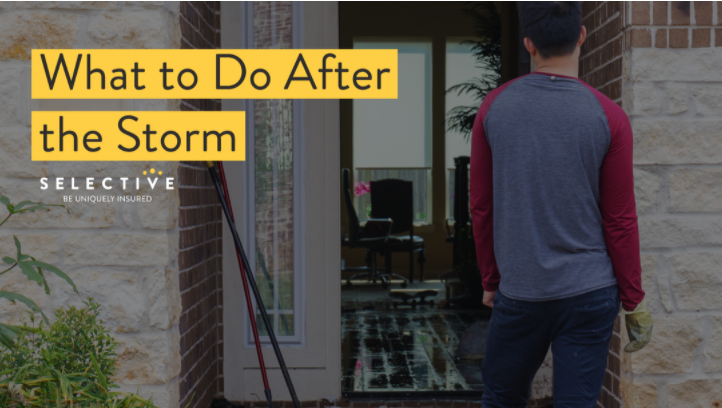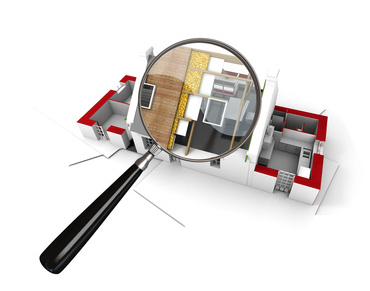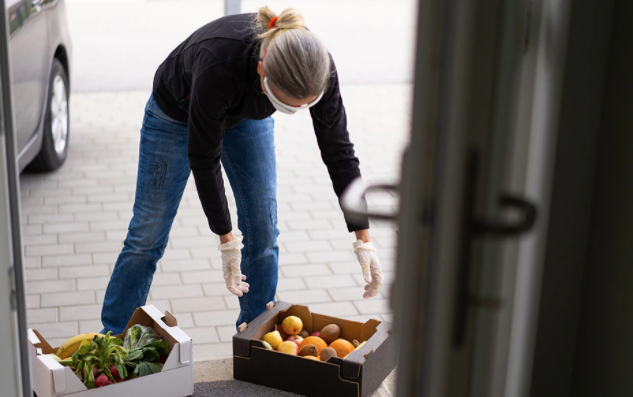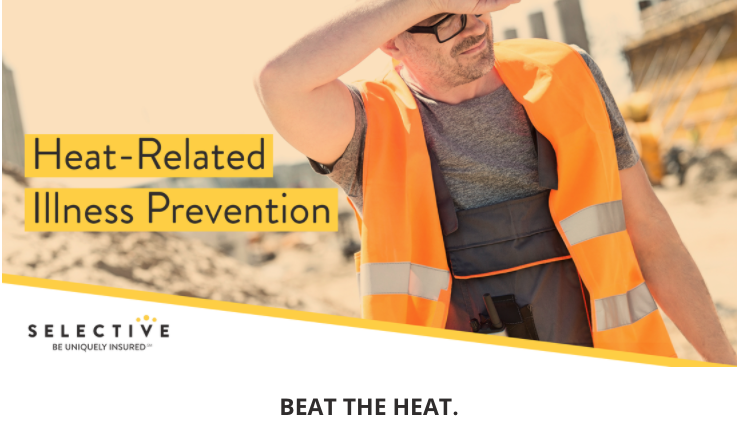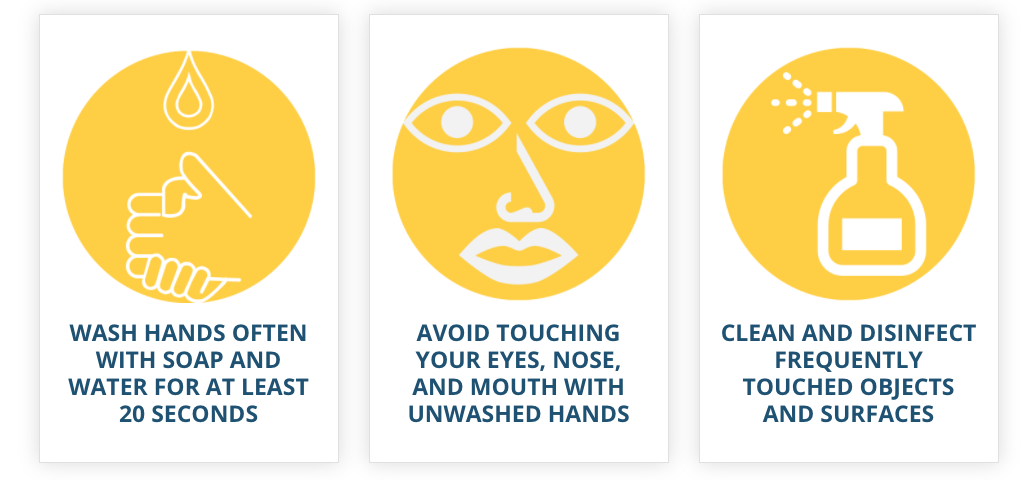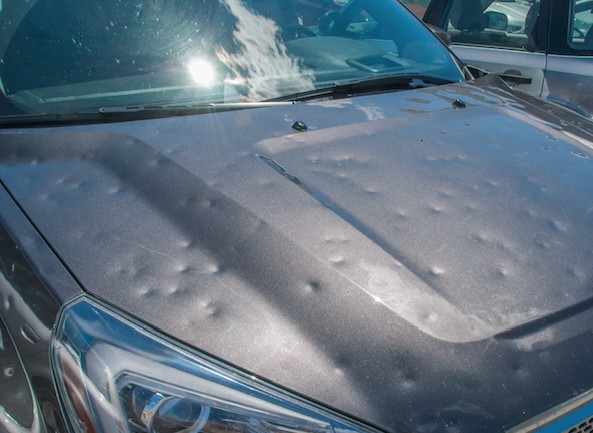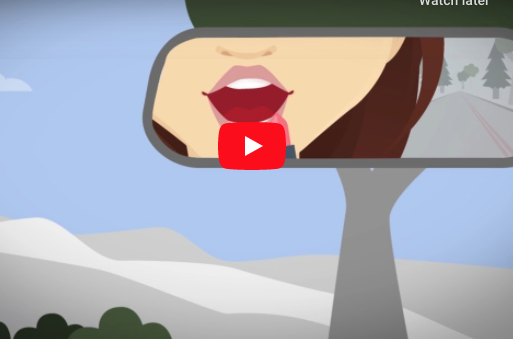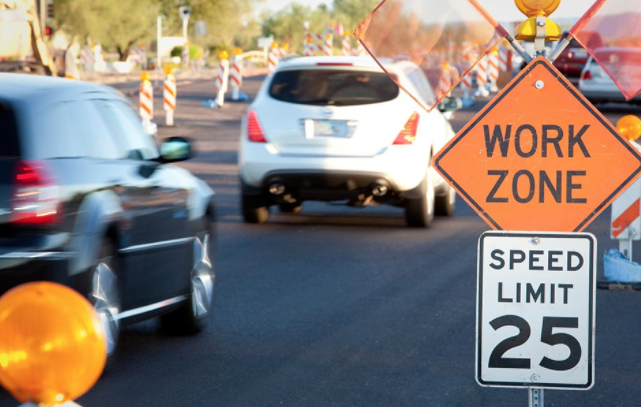Kitchen Fire Safety
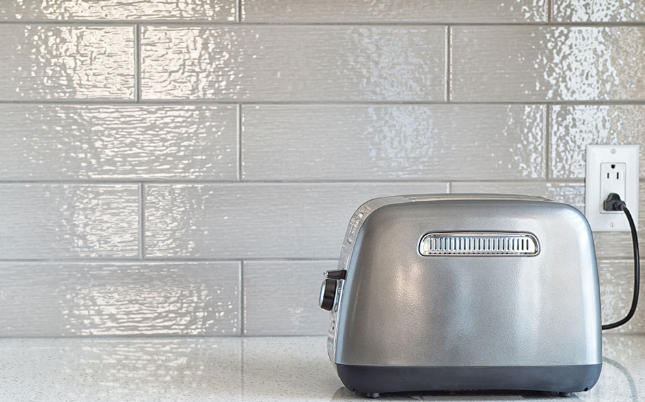
When thinking of the cause of a kitchen fire, it is common to think of cooking. But not all kitchen fires start because of cooking hazards. Non-cooking related fires commonly involve refrigerators, freezers or dishwashers. The following tips can help prevent non-cooking related fires from occurring in your kitchen.
- Plug all kitchen appliances, including microwaves, toasters and coffee makers, directly into a wall outlet. Never use an extension cord as it can overheat and cause a fire.
- Use the right outlet for the right appliance. For larger appliances, such as ovens and refrigerators, be sure to only use properly grounded outlets with circuits that match the rating plate on the appliance. If you have older 2-prong outlets in other locations of your kitchen, have a qualified electrician replace it with a properly grounded 3-prong outlet. Do not use an adapter.
- Replace any power cords that become frayed or otherwise damaged. Never use a cord that shows cracks or other damage.
- When moving kitchen appliances, be aware of power cords. Rolling over or pinching power cords can damage them.
- Unplug small appliances when not in use. Read More
How to Create a Fire Evacuation Plan
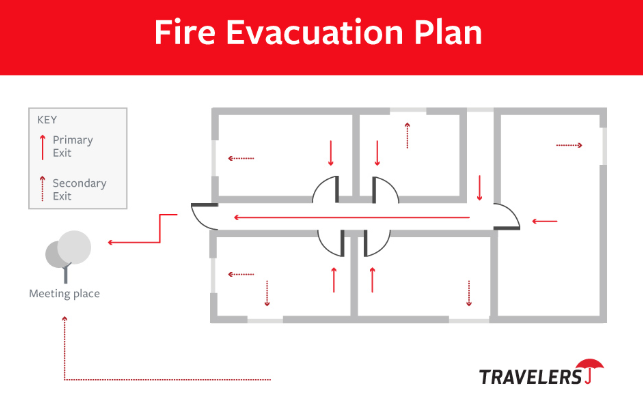
The last thing most of us expect in the safety of our own homes is an unforeseen and extreme event like a house fire. We see events like this on TV, or hear about them third-person, and think it can never happen to us. In fact, these types of events are more common than you may think as there were 365,500 house fires in 20151, according to the National Fire Protection Association.
If a fire does occur, a few seconds can make a big difference to help you and your family escape swiftly and safely. These tips can help you create a house fire evacuation plan:
- Plan for everyone. Take into account the special needs of everyone in your household, including young children and elderly family members who may not be very mobile. Children don’t always wake when a smoke alarm sounds. Make sure someone is assigned to help them, and choose a backup person in case the assigned person is away at the time of the fire.
- Find two ways out. Visit each room of your house and find two ways out, including windows and doors. Make sure all escape routes open easily so you can get outside, and install emergency release devices on any security bars on doors or windows.
- Involve children in planning. Consider having your children help create a fire evacuation plan2. Draw a map of the home and have children mark two exit routes and the locations of smoke detectors.
- Choose a meeting spot. Decide on a meeting place outside, such as a neighbor’s house, mailbox or stop sign. It should be in the front of the house so emergency responders can see you when they arrive. Agree not to go back into the house after you leave. Read more
Space Heater Safety Tips
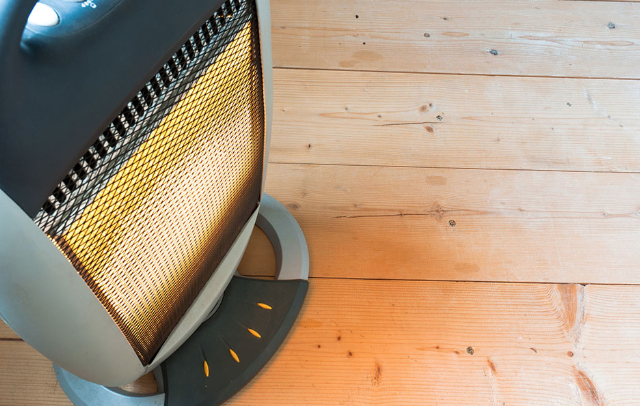
In order to save money in the colder months, many people opt to use a space heater to heat one room rather than heat the entire structure. Regardless of your plan, it is important to be cautious. The National Fire Protection Association (NFPA) estimates that more than 20,000 residential fires every year are associated with the use of room (space) heaters.*
Space Heater Selection
Before purchasing a space heater, it is important to consider how it will be used. Will it be used for supplemental heat in colder rooms or other areas, or will it be used for emergency heat? As a general rule of thumb, electric space heaters are typically safer than portable fuel-burning models (e.g. natural gas, propane, kerosene.)
Remember to choose a unit that is listed or labeled by a nationally recognized testing laboratory such as UL (Underwriters Laboratories), CSA (Canadian Standards Association) or ETL (Intertek). This will ensure that the heater’s construction and performance meet voluntary safety standards.
Also, look for specific safety features that will shut the unit off under certain conditions. These can include:
- Overheating
- Low oxygen levels (aka oxygen depletion sensor)
- Tip-over switch
- Touch sensor (if the grill is touched)
Setup and Use
When setting up a space heater, remember to keep it at least 36 inches from any flammable or combustible materials and place it on the floor, unless it is designed otherwise.
Areas where space heaters are used should be free of flammable liquids. Do not put them on easily ignitable or combustible surfaces, such as rugs or carpets, or use them to dry wet clothing.
When using a fuel-fired space heater in an enclosed area, it is a good idea to leave a window or door partially open to allow for fresh air to enter. This will help prevent carbon monoxide (CO) buildup or a depletion of oxygen. Never take a gas-fired or kerosene heater into a confined space as the results could be deadly. Read More
Valuable Items Blanket Coverage: Lavish Gifts Deserve Protection as Special as They Are

The most valuable possession that you own is probably your home. It’s also one of the most vulnerable. Weather accidents, floods and property mishaps can easily damage it. But it’s not just the outside structure of your home that’s so valuable. Your contents and possessions inside it also require unique coverage.
Valuable Items Blanket Coverage protects your personal, valuable items by your basic homeowner’s policy. Valuable Items Blanket Coverage can add a layer of protection that can help protect items such as jewelry, electronics, dinnerware and more.
What is Insurance for your Valuables?
Most renters, condo, and homeowner insurance policies will cover personal property anywhere in the world. This can include items such as furniture, clothing, and appliances. But your basic policy may have some restrictions when it comes to valuable items that are stolen. Jewelry, furs, silverware, and firearms are covered for the named perils (such as fire, lightning, explosion, riot, vehicle or aircraft damage) in the policy up to the contents (Coverage C limit) except when it comes to theft. The basic policy only provides up to $1,500 theft coverage for jewelry, watches or furs, $2,500 for theft of firearms, and $2,500 for theft of silverware. In order to have more theft coverage, a different endorsement is needed. When you buy this extra coverage, you not only get more theft coverage, but you also get coverage for more causes of loss such as breakage or lost (mysterious disappearance). Read More
Tips to Help Prevent Carbon Monoxide Poisoning
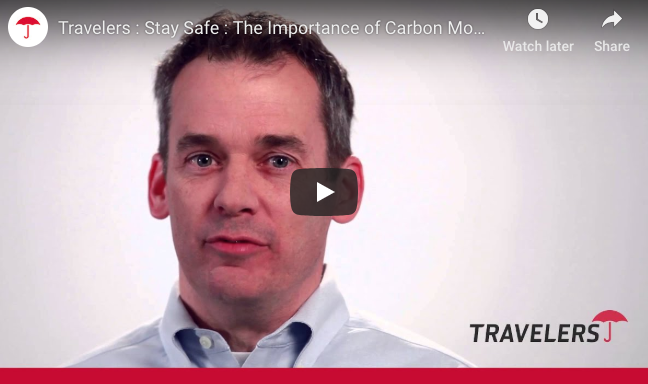
CO is a colorless, odorless gas produced by the incomplete burning of any carbon-containing material, including gasoline, natural gas, propane, coal or wood. CO is dangerous because it replaces oxygen in the blood and interferes with the transport of needed oxygen to cells in the body.
Carbon Monoxide Safety Tips
Many incidents involving carbon monoxide poisoning can be prevented — with the right preparation. Start with these eight tips to help keep your home and family safe from carbon monoxide.
- Know the risks of carbon monoxide.
Anything that burns a fuel — such as a furnace, fireplace, generator, gas appliance or car — produces a toxic by-product: carbon monoxide (CO).When these devices are properly maintained and vented, this colorless, odorless gas can be effectively dispersed and channeled out of your home. If not, inhaling carbon monoxide can trigger serious health issues.At lower concentrations, victims may experience such symptoms as a headache, dizziness, weakness, nausea, vomiting, chest pain and confusion. But at higher concentrations, CO can quickly cause a loss of consciousness, even death.
- Keep your vents clear.
During and after a storm, make sure nothing is obstructing the outside stack or vent for your dryer, stove, furnace and fireplace.Take special care to prevent snow from building up and blocking these critical exits for dangerous gases. - Do not run engines in a closed area.
Proper ventilation is critical to avoiding CO poisoning. So do not start a car, fire up a grill or stove, or run a generator in a closed area — like a basement or garage.Even if you leave the garage door open, carbon monoxide gas can quickly build up to toxic levels. - Schedule regular maintenance.
Make sure you rely on experts to install your fuel-burning devices and set up the appropriate venting for each device.At least once a year, have a qualified professional inspect your fuel-burning devices to make sure they continue to operate properly. - Keep fireplaces clean and well vented.
If you have a wood-burning fireplace or stove, make sure you keep it clean and that the flue is working properly. Read More
5 Smart Home Automation Safety Tips

Smart home automation technology can offer homeowners peace of mind, convenience and efficiency, making it possible to automate systems and equipment ranging from home security to thermostats. With a smartphone acting as a control center, homeowners can remotely monitor video cameras, lock or unlock doors, turn on lights or automatically shut off the water to their home if a leak is detected.
A recent study found that 69% of consumers will own a “smart” in-home device by 2019.1 As this technology gets integrated into more homes, the potential exists for a variety of home security vulnerabilities and concerns. With so many possibilities, there are a number of decisions to make. Following are some important home automation safety considerations.
1. Which Features Matter Most?
Many consumers seek out specific solutions (e.g., remotely turning on lights), which can lead to a number of gadgets that do not communicate. Choosing them on an individual basis could leave a homeowner with a dozen different apps and ways to control their home.
There are two general types of home automation options: service provider solutions, which may come with monthly fees, and individual smart products, such as smart TVs and thermostats. Individual devices can be connected by a smart home automation hub, but it is important to select a hub that supports all of the devices that you wish to control.
2. Smart Sensors Protect the Home
Smart home devices can help homeowners manage their risk by enabling remote monitoring, alerts and control of a home’s systems that, if they were to fail and go unnoticed, could result in costly consequences.
- Smart thermostats can provide alerts if a home loses power or if the temperature in the home falls below or rises above a set threshold.
- Water sensors can detect unwanted water in the home, alerting the owner to potential leaks near washing machines, dishwashers, water heaters and other areas.
- Smoke, heat and carbon monoxide detectors that can interface with a central hub or mobile apps are available. This provides remote monitoring and control capabilities beyond the classic alarm system. Read More
Fireplace Safety & Maintenance
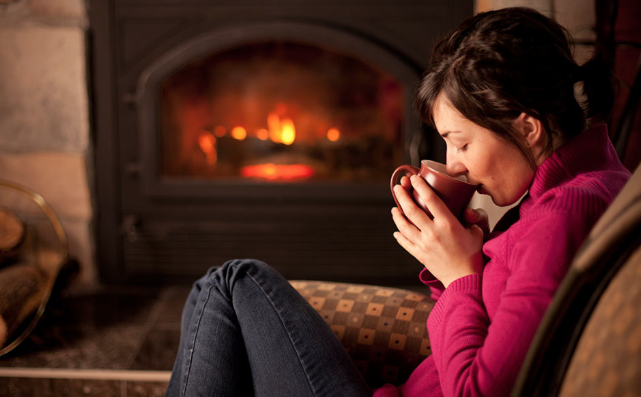
When the colder temperatures start to set in, many homeowners will turn to their fireplace, wood or pellet stoves as an additional heat source. While fireplaces can provide warmth and comfort, if you are not careful, they can also be a hazard. Keep in mind the following precautions to help ensure a safe winter season.
Keep Your Chimney Fireplaces and Wood Stoves Clean
- Have your chimney, fireplace, wood or pellet stove inspected and cleaned by a licensed chimney specialist. They should be maintained annually to help ensure they are functioning safely and efficiently.
- Be sure to keep the area around the hearth clear of debris, decorations and any other combustible materials.
- If you have a wood burning, insert or pellet stove, refer to the manufacturer’s instructions for additional guidance related to operation and venting.
Keep Fires Burning Safely
- Be sure the flue is open before lighting your fire to help ensure the fireplace will vent properly. Do not close your damper until you are sure the fire is out.
- When starting a fire, only use a match or commercial firelighter. Never use flammable liquids to start a fire.
- Glass doors of a fireplace should be kept open while burning a fire. This allows the fire to receive enough air for complete combustion and to help reduce creosote build-up in the chimney.
- Metal mesh screens should remain closed whenever your fireplace is in use to help keep embers in the fireplace.
- Only use dry wood in your fireplace. Wet wood can increase creosote buildup, which can lead to chimney fires.
- Do not burn plastic because it can release toxic chemicals and cause damage to your chimney, fireplace or wood stove.
- Never burn a Christmas tree in your fireplace as the sparks from the burning needles can increase the risk for a chimney fire. Also, do not burn cardboard boxes, wrapping paper or trash in your fireplace.
- Never leave a fire in a fireplace unattended. Before leaving the house or going to bed, you should make certain to fully extinguish the fire.
- Allow ashes to cool completely before disposing of them — ashes can take several days to cool completely. Never empty ashes directly into a trash can. Instead, place ashes in a covered metal container located at least 10 feet1 away from your home and any other building. Read More
Preventing Tax Fraud and Identity Theft

When it comes to filing taxes, there are plenty of reasons to file early instead of waiting until the last minute. The two most obvious are to get your refund back sooner, if you are receiving one, and to avoid long lines in the early-April post office rush.
One of the most compelling and more surprising reasons to file your tax return early, however, may be beating the would be thieves to the punch.
With the sharp increase in transactions requiring the sharing of confidential data online and off, tax season is one of the most opportune times for criminals to steal personal data, or capitalize on the information they have already obtained. Filing early may be your best defense.
Fraudulent Tax Returns Are More Common Than You Think
A criminal can use your stolen social security number or personal tax identification number to fraudulently file a tax return in your name. They cash in by having your refund re-routed to a different address or bank account.
“The sooner you file your return, the less opportunity someone else has to file a return in your name,” says Tim Francis, Enterprise Cyber Lead for Travelers.
According to a report in CNN Money, the IRS paid out $3.6 billion in fraudulent tax refunds in 2013, and caught 12.6 million suspicious returns over the past two years.* Unfortunately, many victims discover that their identity has been stolen only after a fraudulent claim is filed. It takes an average of three months for victims of tax return fraud to receive their refunds while the IRS works to resolve the issue. Read more
How to Protect Yourself from Package Theft and ID Fraud

There are several key times each year when people spend time shopping in stores and online for the perfect gifts for their loved ones, or themselves. While it is easy to get caught up in the fun of it all, it is important to remember that with increased purchasing comes heightened risk of theft. Thieves on the prowl throughout the holiday and tax seasons are on the lookout for packages left in your car or outside your home.
Travelers claim data shows that, on average, more thefts occur on Black Friday than any other day of the year. Not only that, but personal identity theft can also increase this time of year. Claim data also shows that theft claims increase in April, likely due to people spending their tax refunds. Whether it is tax season or holiday season, be sure to take the necessary actions to help protect yourself. Follow these steps while checking things off your shopping list.
Porch Pirating
When having packages delivered to your home, beware of “porch pirating” — when a thief steals delivered packages from your doorstep or porch. Thieves can follow delivery trucks, watching for prime targets. These thieves commonly strike during working hours as many homes are empty at that time. To help avoid this situation, when possible, have your packages delivered to a location where they can be received in person, such as a neighbor’s or relative’s house.
When making a purchase online, if the retailer provides the option, choose a specific delivery time. If purchasing from a larger retailer, consider having your package delivered to a local store for pick-up. Take advantage of delivery alerts so you can be notified when a package arrives at your home. If you are not available to accept delivery, ask a trusted neighbor to take your package inside for safekeeping.
When possible, request the delivery company to hold your package at their closest pick-up facility until you can pick it up. You also can ask the shipper to require a signature confirmation of delivery in order to prevent packages being left when no one is home to sign for them. It also is helpful to provide delivery instructions so packages can be left out of sight from your yard or the road. Read More
Beware Post-Natural Disaster Scams: Protecting Yourself After the Storm

Emily Guy Birken
The hail storm came in quickly and left missing shingles, pits, scars, and other roof damage in its wake. It was our first year of home ownership, and my husband and I were dismayed to realize that we were going to have to get a roofer to repair the damage the storm had caused.
The day after the storm, a contractor came calling door-to-door in our neighborhood, offering to handle the repairs. He even said he would contact our insurance carrier on our behalf, in order to make the whole process simpler for us.
Several weeks later, we learned that this contractor was using some pretty shady business practices, and was doing a mediocre job (at best) on the roofs he did repair. We were glad that we had already contacted our insurer before he knocked — and had been warned against hiring unsolicited roofers.
Unfortunately, having to avoid shady contractors (and worse) in the wake of a natural disaster is a common experience. After a natural disaster occurs, fraudsters, unscrupulous businesses, and con artists often try to victimize the residents a second time by scamming them in the midst of the cleanup effort. Here’s what you need to know about the most common types of post-natural disaster fraud, and what you can do to protect yourself.
The Fraud: Contractors Asking for Upfront Payment
It should be a red flag if any contractor you are considering hiring asks for all of the payment (or a large percentage) up front. While the request may sound perfectly reasonable — your contractor may claim that he or she needs upfront payment to cover the cost of supplies and equipment — the reality is that many contractors who make such a request either disappear with the money, or do inadequate work. Read more
